Maysoon Sharief, and
Saha Mahmood, from the different institute of the Iraq. wrote a
research article about, Fetal Fibronectin Test Accuracy for Predicting Preterm
Birth Risk, entitled, Accuracy of cervico vaginal fetal fibronectin test in
predicting risk of spontaneous preterm birth. This research paper published by
the International Journal of Biomolecules and Biomedicine | IJBB. an open
access scholarly research journal on Biomedicine, under the affiliation of
the International Network For Natural Sciences | INNSpub. an
open access multidisciplinary research journal publisher.
Abstract
Preterm delivery is the
leading cause of neonatal mortality. One of the best predictors to assess the
risk of preterm labour (PTB) is by measuring fetal fibronectin (fFN) in cervico vaginal secretion after 26 weeks of pregnancy. The aim is to evaluate the diagnostic
accuracy of qualitative cervico vaginal fFN in symptomatic women and
asymptomatic high risk women during antenatal care. Prospective study which was
conducted in Basrah Maternity and Child Hospital. It included 106 pregnant
women at gestational age more than 26 weeks who had uterine contraction with or
without pervious risk factors for PTB. Cervico vaginal fluid sampling was
undertaken from all women included in the study after the age of 26 weeks of
gestation and qualitative fFN assessment was done with 50ng/ml is the cut off
point for positivity. As regard qualitative fFN assessment for predicting of
PTB sensitivity, specificity, PPV, NPV, were 71%, 87%, 40.50%, 94% respectively
in symptomatic women. While in asymptomatic women with previous high risk had
26% sensitivity, 84% specificity, 32% PPV, and 87% NPV. Qualitative assessment
of fFN in cervico vaginal fluid is good predictive marker in detecting of PTB.
Read more : Marantaceae in Central Gabon: Identification and Marketing | InformatoveBD
Introduction
Preterm labour is defined as regular contractions of the uterus starting before 37 weeks of pregnancy that result in cervical effacement and dilatation. Globally, about 15 million babies are born preterm each year. The incidence of preterm birth varies significantly across the globe (American College of Obstetricians and Gynecologists, 2016).
Approximately 30-35% of preterm birth PTB are iatrogenic due to medical or obstetric complications, 40-45% are related to spontaneous preterm labour, and 25-30% to preterm rupture of membrane. Spontaneous pre-term birth is most commonly caused by pre-term labour in caucasians, and preterm prelabour rupture of membrane in black women indicating the existence of potentially different causative mechanism (Offiah et al., 2012).
Fetal fibronectin is a glycoprotein variant of fibronectin family present in amniotic fluid, placenta and the extracelluar substance of the decidua (Bennett, 2018). Its synthesis and release is increased by the mechanical and inflammatory events which occur prior to the onset of labour (Bennett, 2018). Fibronectin is often described as "leaking" from disruption to the fetal membranes and decidua in the lower pole of the uterus associated with early biochemical events of parturition.
However, it is also an inflammatory response gene, and therefore concentrations of fibronectin in vaginal fluid can be considered to also be marker of inflammation (which may be pathological or a normal part of the onset of labour at term) (Bennett, 2018).
Fetal fibronectin may normally be detected in vaginal secretions at levels in excess of 50ng/ml. However, it is now being increasingly used to predict risk in women who are asymptomatic but at risk for other reasons, in particular cervical shortening (Foster and Shennan, 2014; Kuhrt et al., 2016).
Since fFT is present in amniotic fluid and placental tissue, mechanical or inflammatory-mediated damage to the membranes before PTB might result in its release into the cervix and vagina (Honest et al., 2002).
The presence of cervico vaginal fFT in the second and third trimesters of pregnancy identifies a subgroup of women who are at high risk for PTB. This phenomenon may reflect the separation of the chorion from the decidual layer of the uterus, with the release of intact or degraded chorionic components of the extracellular matrix into cervical and vaginal secretions (Lockwood et al., 1991). Thus, early detection of PTB is difficult because initial symptoms are often mild and may occur in normal pregnancies.
Even an
interesting works, mostly in USA, have been carried out among different
population (Lockwood et al., 1991; Honest et al., 2002; Imas, 2003; Hezelgrave
et al., 2015; American College of Obstetrics and Gynecologists, 2016; Bennett,
2018) but unfortunately, there is no work which has been done among women in
our region. Thus, it is of value to know its accuracy, sensitivity and
specificity in predicting spontaneous PTB in women with or without symptoms. It
is expecting to use the results of this study to predict and diagnose PTB. In
addition, the usual treatment in clinical practice depends on accurate
prediction of spontaneous PTB.
Reference
Abbott D, Hezelgrave N,
Seed P, Norman J, David A, Bennett P, et al. 2015. Quantitative fetal
fibronectin to predict preterm birth in asymptomatic women at high risk.
Obstetrics and Gynecology 125, 1168-1176.
American College of
Obstetricians and Gynecologists. Preterm (premature) labour and
birth[Internet]. Washington, DC: American College of Obstetricians and
Gynecologists; 2016 [cited 2018 August13]. Available from: http://www.
acog.org/Patients/FAQs/Preterm-Premature-Labor
Bennett P. Preterm
Labour. 2018. In Dewhurst’s Textbook of Obstetrics and Gynecology, 9th edition,
2018. Edmonds DK, Lees C, Bourne T. Wiley Blackwell, London, UK. P 387-412.
Foster C, Shennan AH. 2014.
Fetal fibronectin as a biomarker of preterm labor: a review of the literature
and advances in its clinical use. Biomarker Medicine 8, 471-484.
Goldenberg RI, Iams JD,
Mercer BM, Meis PJ, Moawad A, Das A, et al. 2001. The Preterm
Prediction Study: toward a multiple-marker test for spontaneous preterm birth.
American Journal of Obstetrics and Gynecology 185, 643-651.
Hezelgrave NL, Shennan
AH, David AL. 2015. Tests to predict imminent delivery in threatened
preterm labour. British Medical Journal 350, 2183-2185.
Honest H, Bachmann LM,
Gupta JK, Klejinen J, Khan KS. 2002. Accuracy of cervical vaginal fetal
fibronectin test in predicting risk of spontaneous preterm birth: Systematic
review. British Medical Journal 325, 301-303.
Iams JD. 2003.
Prediction and early detection of preterm labor. High-Risk Pregnancy Series: An
Expert’s View 101(2), 402-412.
Kuhrt K, Hezelgrave N,
Foster C, Seed PT, Shernnan AH. 2016. Development and validation of a tool
incorporating quantitative fetal fibronectin to predict spontaneous preterm
birth in symptomatic women. Ultrasound Obstetrics and Gynecology 47, 210-216.
Leitich H, Kaider A. 2003.
Fetal fibronection-How useful is it in prediction of preterm birth? British
Journal of Obstetrics and Gynecology 110, 66-70.
Lockwood CJ, Senyel AE,
Dische MR, Casal D, Shah KD, Thung SN, et al. 1991. Feta fibronectin
in cervical and vaginal secretions as a predictor of preterm delivery. The New
England Journal of Medicine 325(5), 669-674.
Offiah I, O’Donoghue K,
Kenny L. 2012. Clinical Risk factors for preterm birth. INTECH Open Access
Publisher. p73-88.
Roman AS, Koklanaris N,
Paidas MJ, Mulholland J, Levitz M, Rebarber A. 2005. “Blind” vaginal fetal
fibronectin as a predictor of spontaneous preterm delivery. Obstetrics and
Gynecology 105, 285-289.
Source : Accuracy of cervico vaginal fetal fibronectin test in predicting risk of spontaneous preterm birth












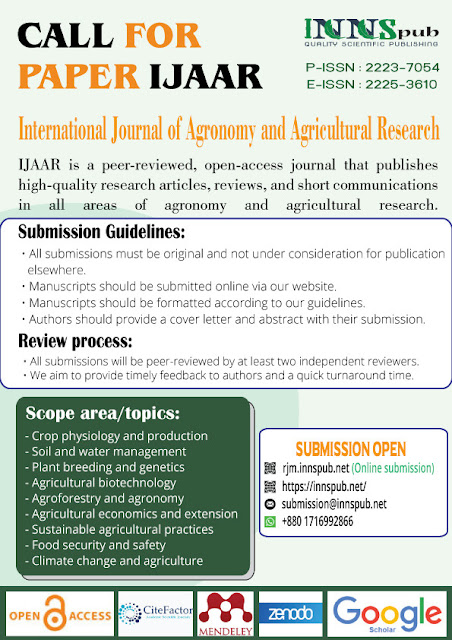


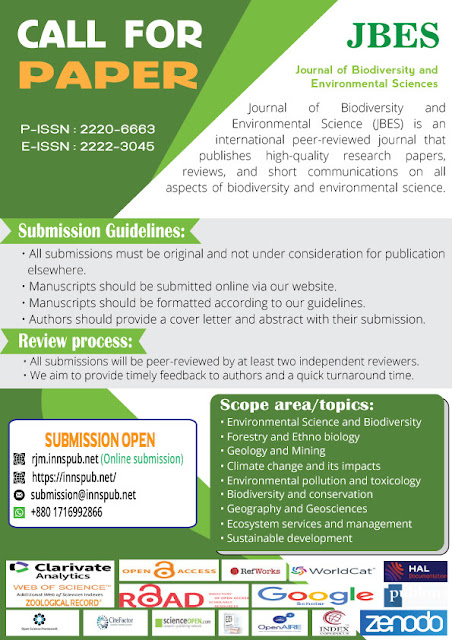
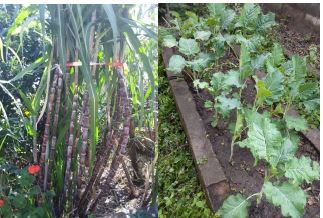

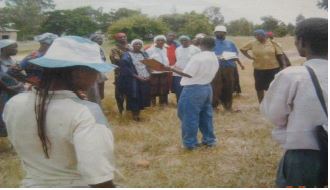
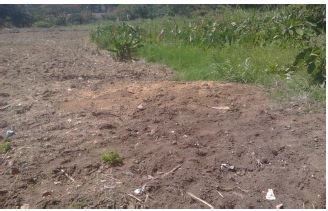
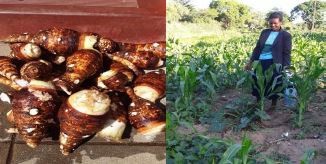


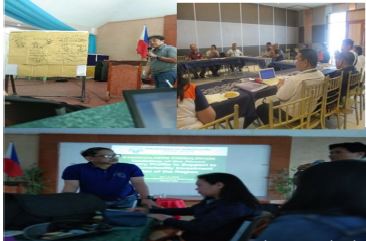
%20and%20culms%20flour.jpg)

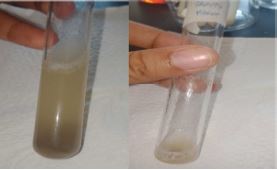



%20in%20full.JPG)

